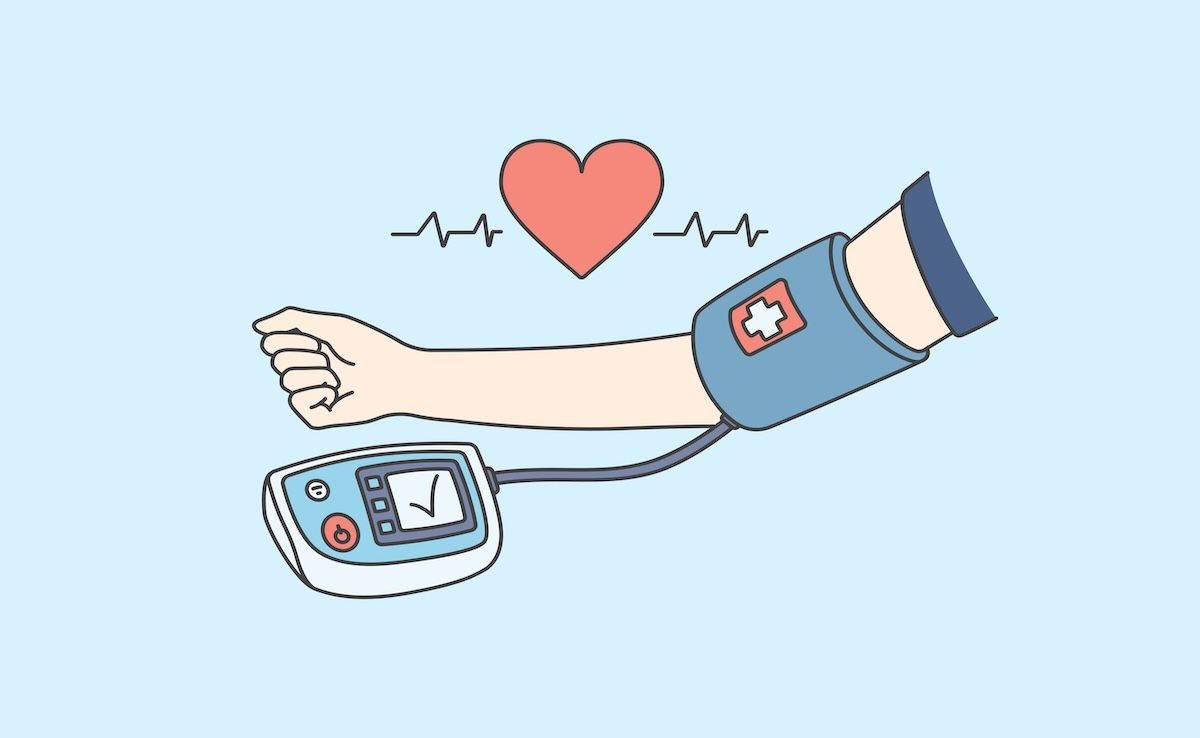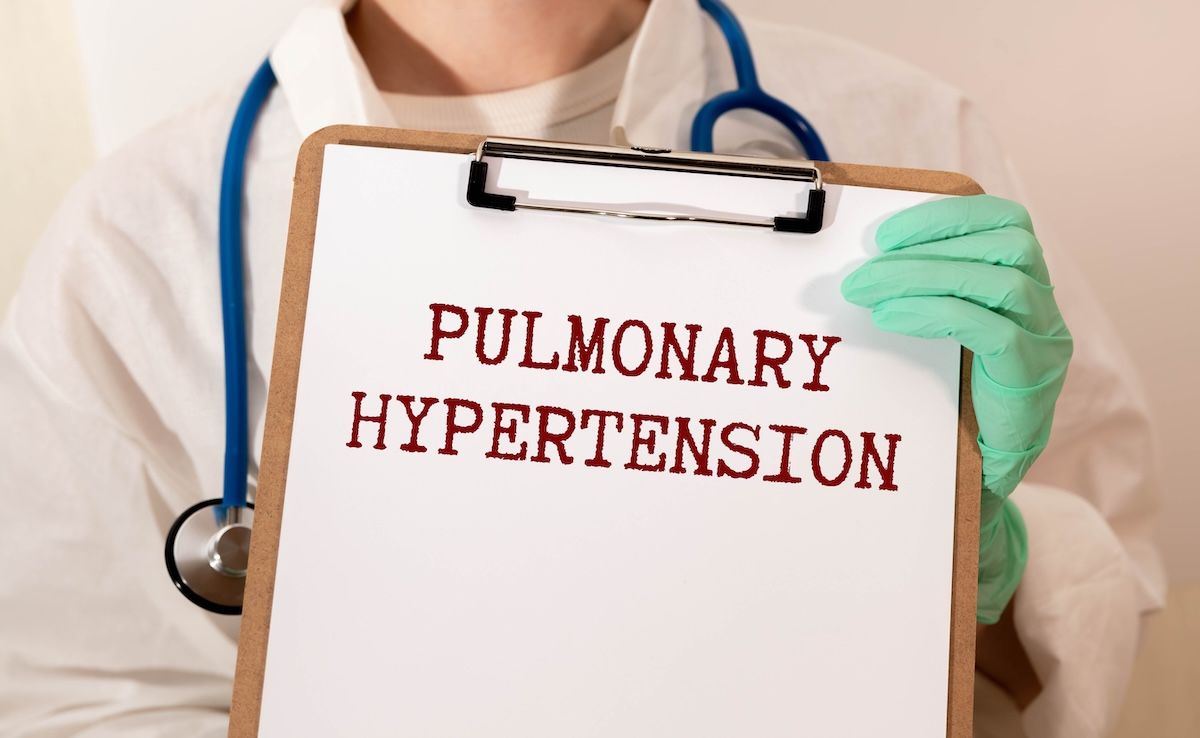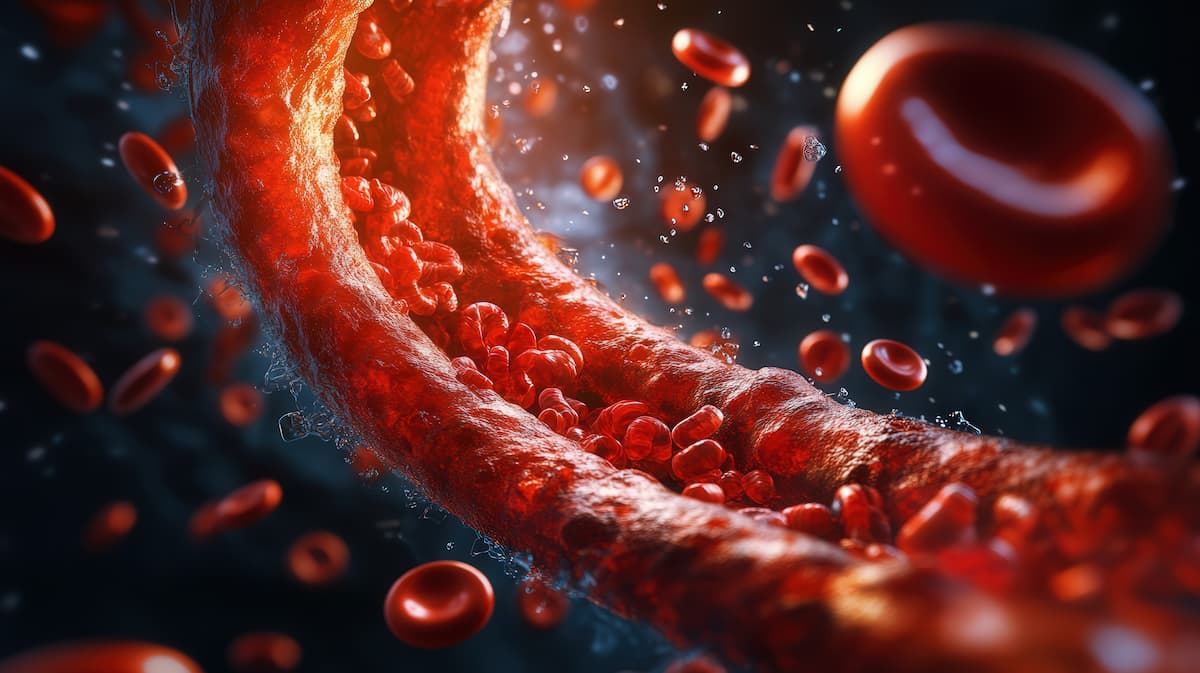Article
Digital Approach to Nutritional Education May Improve Nutritional Intake, Boost QOL in Patients With PAH
Author(s):
The pilot program for pulmonary arterial hypertension (PAH) was carried out at a single center in the Netherlands.
E-learning modules on nutrition offer a unique opportunity to change nutritional intake in patients with pulmonary arterial hypertension (PAH) and subsequently improve quality of life, according to new results of a pilot study.
Findings were published in the journal Pulmonary Circulation.
Even when receiving optimal PAH medication, patients with the condition have a reduced quality of life, researchers explained.
Previous studies have detailed suboptimal nutritional intake and deficiencies in patients with PAH. In an effort to assess the effect of innovative dietary approaches to improve nutrition and quality of life in patients, researchers carried out a pilot study using a newly designed video e-learning program on nutrition followed by a dietary intervention period with strict dietary guidelines.
A total of 17 patients completed the pilot, all between the ages 18 and 80. Eight patients were in the control group. Prior to the start of the nutritional education, participants were randomized into a control group, group A (low-fat [LF] diet) and group B (high-fat [HF] diet). All patients were recruited from a single center in Amsterdam.
Over the course of 8 weeks, patients completed a weekly video e-learning session. Each video was around 25 minutes long and contained information and assignments on healthy nutrition in general and as it relates to PAH, authors explained.
“This online educational video was especially designed for PAH patients, with patient empowerment as mostimportant component. Through assignments and information, patients were made aware of their personal behavior,” they said.
Content largely focused on beneficial nutrition options as opposed to dietary limitations. In the dietary intervention groups, patients adhered to 1 of 2 different diets for 3 months.
“A HF and low-carb (HFLC) diet may also be beneficial in HF, therefore patients received either a LF diet (group A) or a HFLC diet with a maximum of 125 g of carbs per day (group B), depending on randomization,” authors wrote.
Researchers measured nutritional intake via a food frequency questionnaire (HELIUS) and quality of life by the short-form (SF)-36 questionnaire, while blood samples were used to determine nutritional parameters.
Of those who started and completed the intervention, 2 were male and average patient age was around 45.
Analyses revealed:
- Since all patients in the intervention group made behavioral changes in nutritional intake, during study and follow-up, nutritional and lifestyle adaptations persisted
- Despite the fact that patients had already high mean scores at baseline for both mental (74.10 [60.51−84.25]) and physical quality of life (66.46 [50.21−73.84]), scores improved further during e-learning
- Patients who realized most nutritional adaptationshad the best improvement in quality of life
In addition to the positive effects seen on intake and quality of life, authors note the burden of e-learning intervention is low and patients don’t need to travel to the hospital for dietary advice or group sessions. This type of intervention is also relatively inexpensive and accessible to patients no matter their location.
Because the patients included in the study were optimally treated, those with a more severe form of the condition may not have similar results, marking a limitation to the study.
The pilot is the first to investigate effects of nutritional interventions on adjustments in nutritional intake and quality of life among patients with PAH, to the authors’ knowledge.
“This novel digital approach of nutritional education provides a unique opportunity to change nutritional intake in PAH patients and by that improve quality of life,” they concluded.
Reference
Kwant CT, de Man F, van der Horst FAL, Bogaard HJ, and Noordegraaf AV. The UPHILL study: a nutrition and lifestyle intervention to improve quality of life for patients with pulmonary arterial hypertension. Pulm Circ. Published online May 27, 2023. doi:10.1002/pul2.12243





